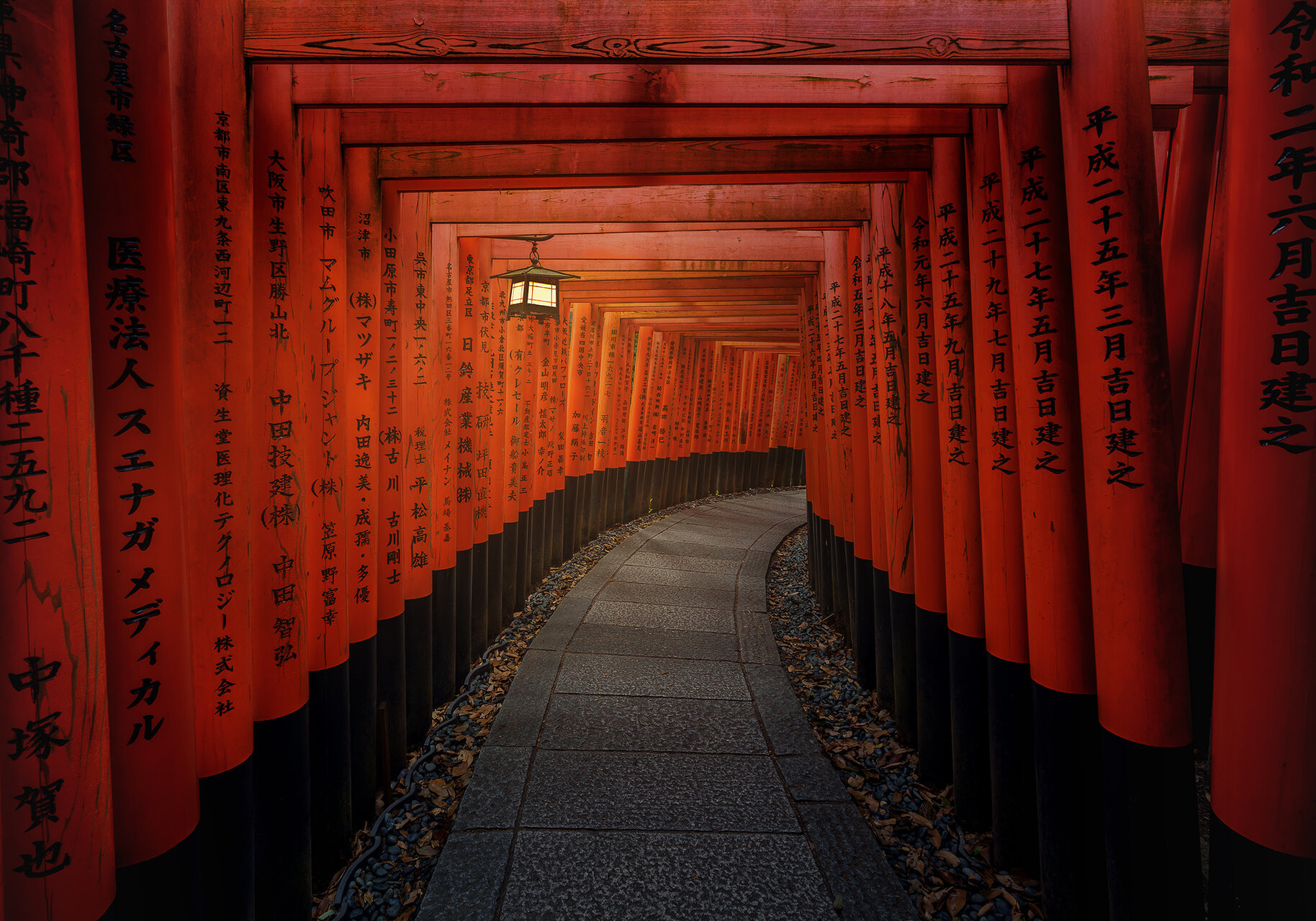
More info
brand
SONY
model
ILCE-7RM3A
F number
9.5
exposure time
6 sec.
focal length
16 mm
flash
Flash did not fire, compulsory flash mode
ISO
100
date taken
2023-04-13 23:37:32
exposure mode
Aperture priority
metering
Pattern
upload date
26.03.2024 y.
voting started
08.04.2024 y.
Author number votes for one year
0

